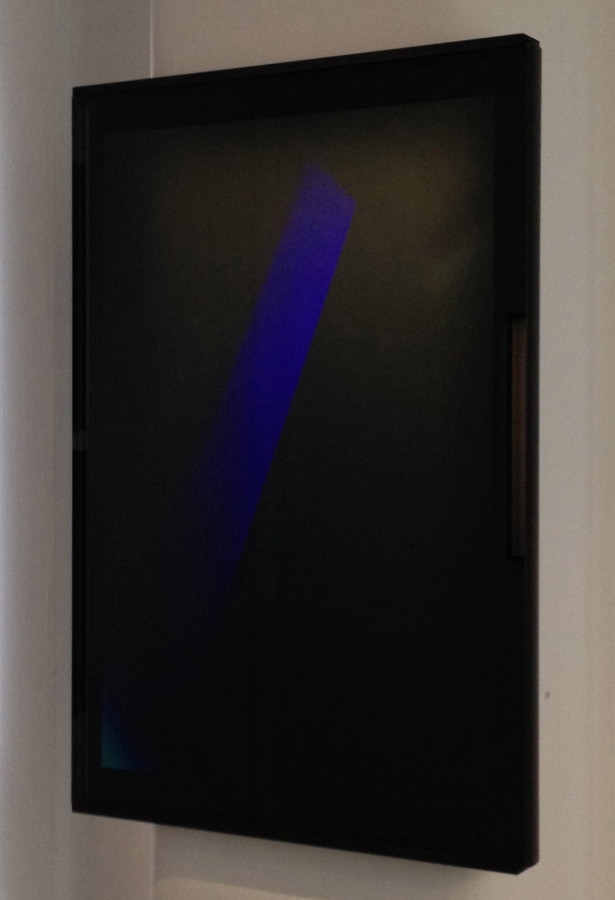Renowned American artist James Turrell has for over half a century pursued an obsessive focus on light and space to explore the limits of human perception. Light both as a material and in its colour spectrum is made tangible in the spaces Turrell creates to capture the non-material. Such spaces can be either completely enclosed, small apertures to the sky, or in the case of his major obsession, Roden Crater, a landscape created for the purpose of apprehension of light. In whichever type of space, a sculptural dimension produced by optical devices and techniques envelopes the viewer, who feels the presence of light in a contemplative space that blurs perception and illusion. Turrell, who considers the sky to be his studio, material and canvas, particularly at Roden Crater, says ‘My work has no object, no image and no focus. With no object, no image and no focus, what are you looking at? You are looking at you looking. What is important to me is to create an experience of wordless thought.’
Exemplary of Turrell’s use of light as both medium and subject is the transmission light work Untitled (XIX L), included in RE:VISION. The hologram is a recording of light waves on a thin layer of transparent gelatin emulsion. From any position in front of the work the shaft of blue light appears to have depth, simultaneously receding into space and advancing toward the viewer. Unlike traditional holograms that depict objects, Turrell’s transmission light works aim to make a hologram of light itself.
Born in Los Angeles in 1943, Turrell has had over 160 solo exhibitions internationally since 1967, including in 2013 the three-venue museum exhibition presented simultaneously at Los Angeles County Museum of Art, Museum of Fine Arts, Houston, and Guggenheim Museum in New York. Turrell is represented in over 70 international collections, and has 22 permanent installations at institutions such as P.S.1, Long Island City, New York; Chichu Art Museum, Naoshima, Japan; and Henry Art Gallery, Seattle.

